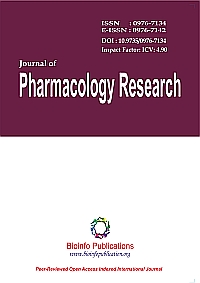
“The G protein-coupled cannabinoid receptors CB1, CB2, GPR18, and GPR55 regulate neurotransmission, pain, and inflammation and have been intensively investigated as potential drug targets. Each of these GPCRs is coupled to multiple effector proteins mediating divergent cellular signals. The ligand bias of cannabinoid-targeted compounds is only beginning to be quantified. Research into cannabinoid bias is now revealing correlations between bias in cell culture and functional outcomes in vivo. We present an example study of cannabinoid bias in the context of Huntington disease. In future, an understanding of cannabinoid receptor structure and quantification of ligand bias will optimize drug selection matched to patient population and disease.”





.png)



